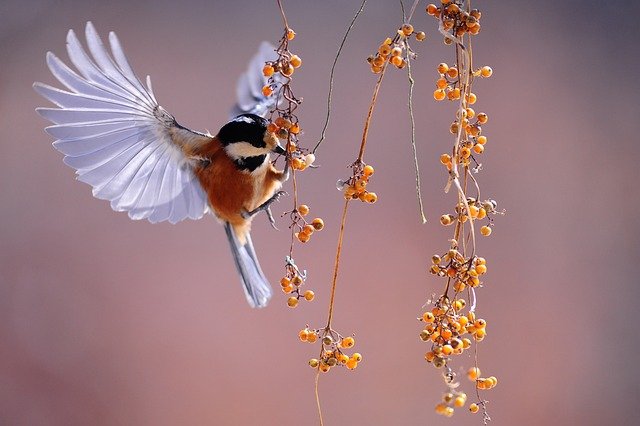
Greeting for all.
Introducing the Kendit Bird: Beauty in the Air The sandpiper, or in scientific language Dendrocygna javanica, is a species of water bird that has a unique charm. Known for its slender body and long beak, the sandpiper is an important part of the aquatic ecosystem in various regions of Southeast Asia, including Indonesia.
Physical characteristics The sandpiper has physical characteristics that differentiate it from other bird species. The body is small to medium, with a length of around 48-54 cm and a weight of around 500-800 grams. The bill is long and conical, ideal for finding food in shallow water.
Habitat and Behavior Sandpipers are generally found in fresh waters such as lakes, swamps and calm rivers. They are skilled swimming birds and are often seen swimming in the water with their necks outstretched. Apart from that, sandpipers also like to live in groups and are often seen in flocks consisting of tens to hundreds of individuals.
Dietary habit The diet of sandpipers consists mainly of aquatic plants such as water grass, weeds, and various types of seeds. They also sometimes eat insects and small invertebrates found in nearby bodies of water. This eating habit makes them an important part of the food chain in aquatic ecosystems.
Ecological Role Ecologically, sandpipers have an important role in maintaining the balance of aquatic ecosystems. They help control populations of aquatic plants and aquatic insects, as well as provide food for predators in the ecosystem.
Threats and Conservation Although sandpipers are not globally threatened with extinction, some local populations may be under pressure from habitat loss and human disturbance. Conservation efforts and protection of their natural habitat are very important to ensure the survival of sandpipers and the sustainability of the aquatic ecosystems where they live.
Conclusion The kendit bird is an example of natural beauty that lives in the fresh waters of Indonesia and Southeast Asia. With its interesting physical characteristics, unique social behavior, and important ecological role, the sandpiper is a species that deserves to be preserved for future generations. Protecting their natural habitat and raising awareness of the importance of their existence are crucial steps in efforts to conserve sandpipers and the aquatic ecosystems they inhabit.
Thank you.
Thank you, friend!


I'm @steem.history, who is steem witness.
Thank you for witnessvoting for me.
please click it!
(Go to https://steemit.com/~witnesses and type fbslo at the bottom of the page)
The weight is reduced because of the lack of Voting Power. If you vote for me as a witness, you can get my little vote.
Downvoting a post can decrease pending rewards and make it less visible. Common reasons:
Submit
Downvoting a post can decrease pending rewards and make it less visible. Common reasons:
Submit
Upvoted. Thank You for sending some of your rewards to @null. It will make Steem stronger.
Downvoting a post can decrease pending rewards and make it less visible. Common reasons:
Submit